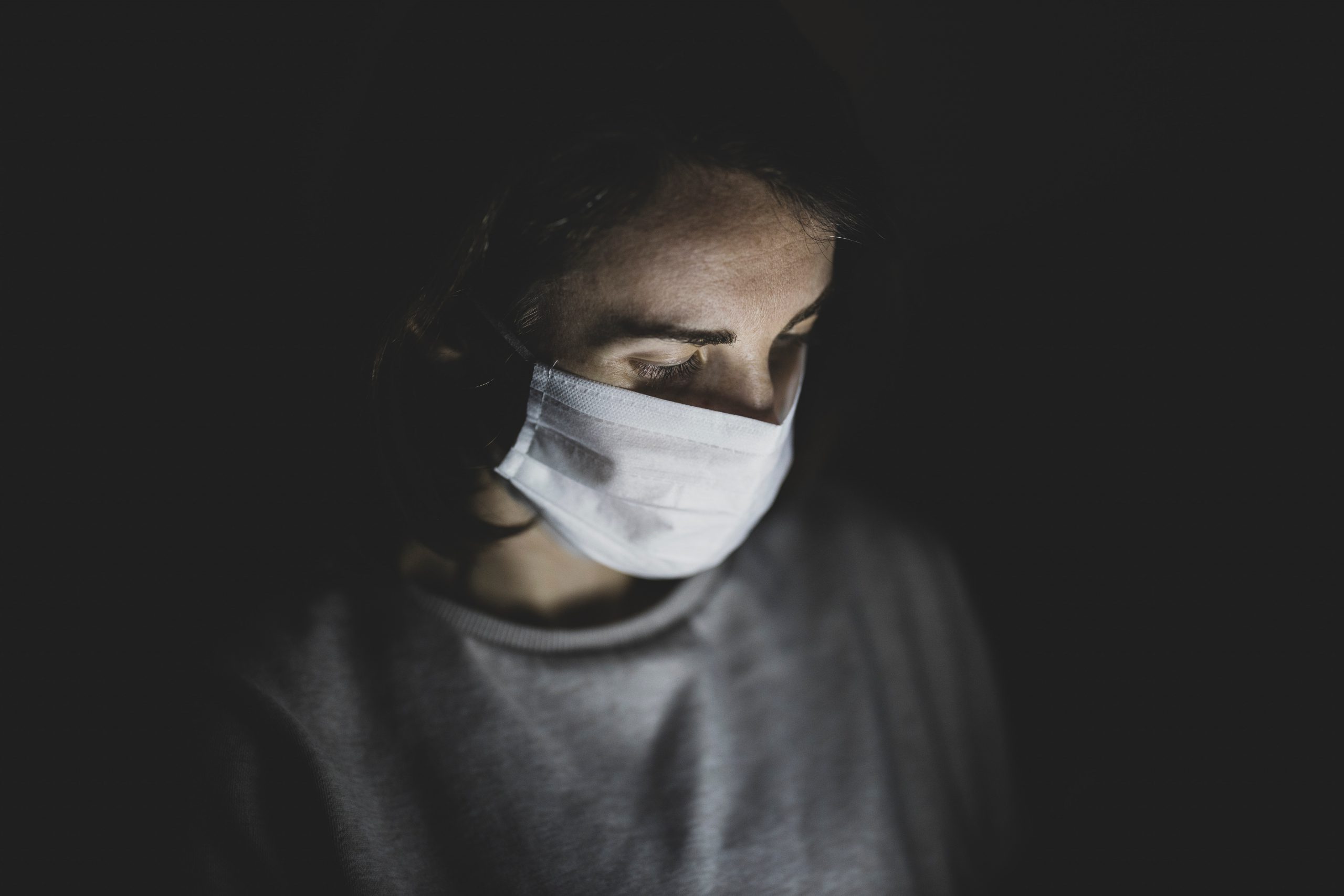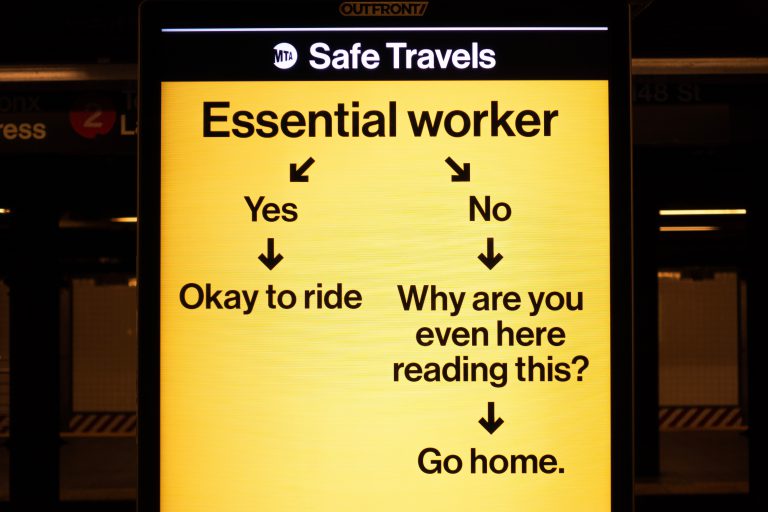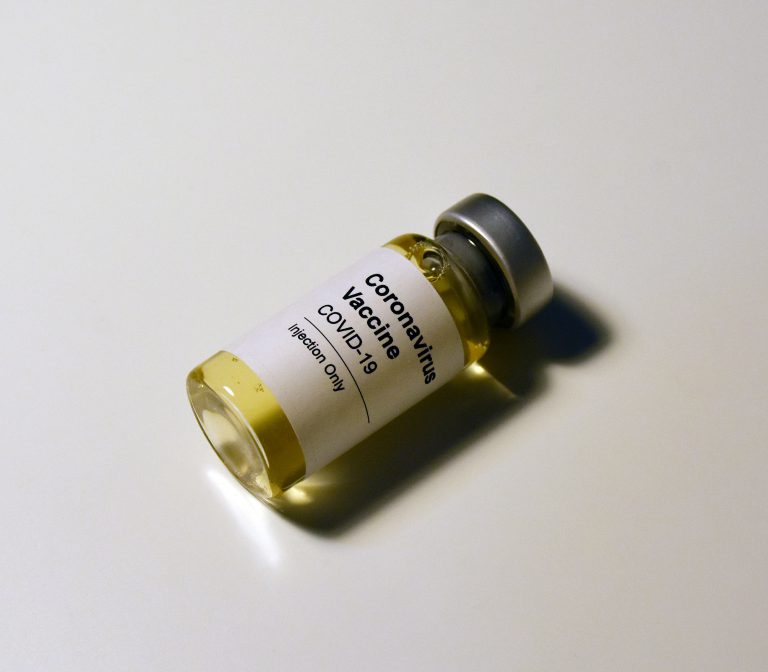Just when the world thought the pandemic was nearing its end, the Coronavirus came back for a third wave that has become more widespread and dangerous than ever. This is especially evident in the mental and physical state of healthcare workers.
Regarded by many as the most arduous challenge and experience that the modern health care industry has experienced, the COVID-19 pandemic has put many establishments to the test. Although most people expected the problem to be remedied by Q2 or Q3 of this year when the lockdowns started, the sheer unpredictability of the virus clearly thwarted such hopes and expectations.
At this moment, hundreds to thousands of clinics, hospitals, and urgent care centers are doubling down on their efforts to fight the effects of the pandemic as case numbers shoot up once again. While there may be a multitude of different issues and related factors that need to be addressed amid the current pandemic, the problem of a “burnover” becomes even more urgent than anything else.
What is a burnover?
The best way to define a burnover is that it’s a level of mental and physical exhaustion that surpasses that of regular burnouts and breakdowns.
As healthcare professionals race against time because of all the different manifestations of the crisis that is wreaking havoc, it’s clear that they are no longer just experiencing a simple burnout. With emergency rooms turning ambulances away, the ambiguity of a cure, and case numbers back on a meteoric rise, the current situation bears a significant level of stress because it has never been seen before.
The most prominent cause of burnovers
Generally, the main origins of the condition in question that healthcare workers are experiencing are from the stressful work nature and the isolated and unfamiliar nature of the virus. Currently, the amount of stress that healthcare workers are experiencing has caused them to heavily consider the possibility of early retirement because of the constant mayhem taking place.
From clinicians and surgeons to podiatrists and nurses, every person responsible for caring in a time like this is undergoing a risky, physically exhausting, and demoralizing battle. While these conditions themselves are already enough grounds for burnout, the current development of the disease and rising tensions over having the same problem happen again has elevated the experience, which intensifies the burnovers.
Underlying tensions
When it comes to understanding the most prominent reason burnovers have become more widespread alongside COVID-19’s third wave, professionals must look at the sequence of tensions arising before the lockdowns started.
In fact, the biggest catalyst of burnout and premature retirements can be rooted in the general disposition of health care workers and how they’ve been made to feel disposable. This particular experience is because hospitals and healthcare systems have been unable to support their staff by speaking out publicly in defense of science, safety, and public health.
Unfortunately, pre-emptive tensions and fears of being ostracized or facing backlash from both the government and its citizens have gotten the best of many healthcare providers.
Conclusion
Currently, the global healthcare industry faces an increasingly-difficult challenge of fighting off COVID-19 to protect nations and prevent any further complications that may arise. However, health care workers themselves are facing extended risks of “burnovers” that have spiked recently due to the third and fourth waves of the virus, making it essential for establishments to manage such risks.
If you’re looking for the best health and medical news in the American healthcare industry, subscribe to our newsletter at Dose of Healthcare today!
















